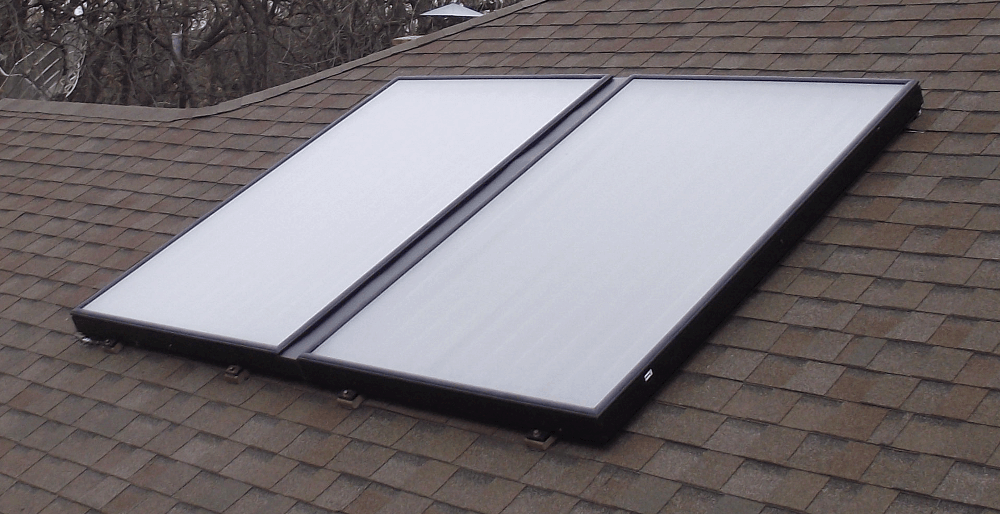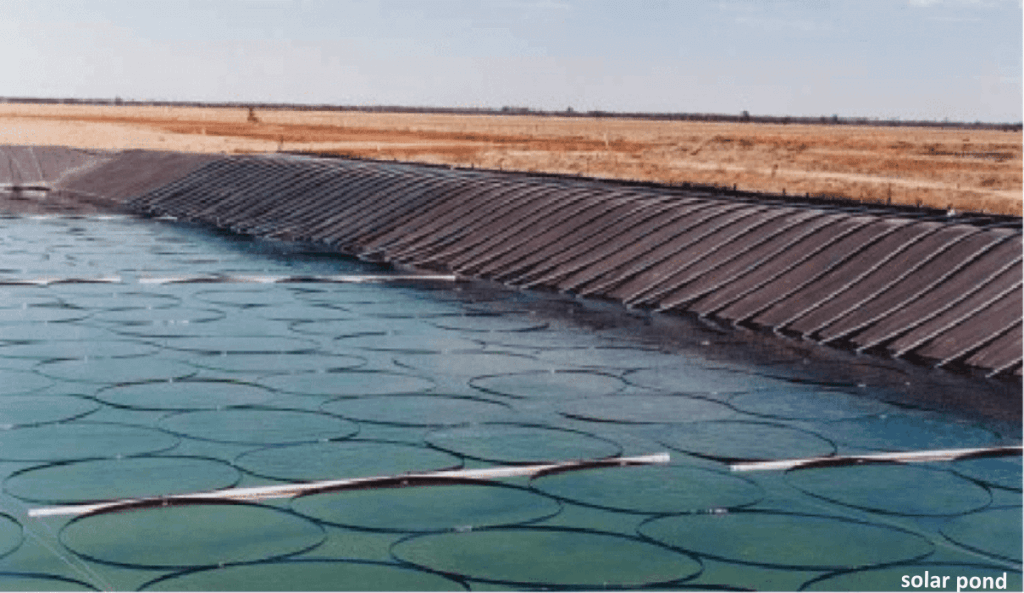The Sun is an unlimited source of solar energy and the sunlight rays are the biggest source of energy received by Earth.
Solar radiation from the Sun is capable of producing heat energy, which can be used in a variety of ways.
The total amount of solar energy which the Earth receives from the sun is far more than the world’s current and anticipated energy requirements.
Consequently, If solar energy is properly harvested it has the potential to satisfy the present and future energy needs of the world.
Solar energy has the advantage of being a clean source of power generation without polluting the environment. Its use is increasing in recent times, especially in areas with poor power supply.
Solar energy is freely available, however, the high cost of collection, conversion, and storage limit its wide-scale use, especially in resource-poor settings.
Solar radiation can be converted either into thermal (heat) or electrical energy. The energy generated can then be channelled to other areas of need.
Solar Energy
A limitless source of sustainable and renewable energy. It reaches the Earth’s surface as solar radiation.
Useable forms
- Thermal energy (heat)
- Electricity
General uses of solar energy
- Solar water heaters
- House heating
- Electricity generation
- Production of chemicals and textiles
- Food production
- Warming of the greenhouse, swimming pools and live stocks
- Cooking(solar-powered cook stove)
Advantage
- Clean source of energy
- Devoid of environmental pollution
- Renewable and sustainable sources of energy
Disadvantage
- High cost of installation and maintenance

Thermal energy
To generate thermal energy from solar radiations the solar energy needs to be captured first using flat plate collectors.
The intensity of solar radiation which reaches the Earth is quite low, thus these flat plate collectors must have a very large surface area.
In tropical regions of the world where the intensity of the sun is quite high, a flat plate collector must have a large surface area of about 40 square metres in order to collect enough solar energy to serve the energy needs of one individual.

Another method of generating thermal energy from solar energy is solar ponds. These are man-made bodies of saltwater designed to collect and store solar energy. Stored energy is a renewable source of thermal energy.
In natural freshwater ponds, the sun heats the water which increases the temperature of the water. The heat trapped in the water is released back into the atmosphere through evaporation, and the temperature of the water subsequently returns to normal atmospheric temperature.
A man-made solar pond, on the other hand, operates by preventing the loss of heat from the water through the use of salt.
The heat extracted from such ponds can be used for the production of chemicals, food, and textiles, and for the warming of greenhouses, swimming pools, and livestock buildings.
The thermal energy generated from man-made solar ponds can also be converted to electricity through the use of the organic Rankine cycle engine, which is an efficient method of solar energy conversion.
Solar ponds are fairly expensive to install and maintain, consequently, a lot of solar ponds projects were abandoned, however interest in solar ponds as a sustainable source of energy is growing worldwide.
Electricity generation
Solar radiation may be converted directly into electricity by solar cells (photovoltaic cells).
A solar cell, or photovoltaic cell, is a device designed to convert the energy of light directly into electricity by the photovoltaic effect.
Individual solar cells are often the building blocks of photovoltaic modules, known commonly as solar panels.
The solar panel is a combination of several photovoltaic cells embedded in a framework for installation. Solar panels use sunlight as a source of energy to generate electricity.
A collection of solar panels is called an array. The arrays of a photovoltaic system supply solar-generated electricity to electrical appliances.
The power generated by a single photovoltaic cell is about two watts. However, when a large number of solar cells are working in synergy such as in solar-panel arrays, hundreds or even thousands of kilowatts of electric current can be generated.
Photovoltaic cells were initially only used as a source of power for small and medium-sized applications, such as calculators, watches and rechargeables. In recent times its use has been extended to the generation of a large amount of electricity for local and commercial consumption.
A solar inverter or Photovoltaics inverter is a type of electrical converter that converts generated direct current to an alternate current and stores the current in a battery or power grid for use when the need arises.
In a household setting, it will serve as an alternative source of sustainable energy, especially in areas with poor power supply.
Some solar inverters are hybrid in nature meaning they can store electric current generated from solar and also has the capacity to store electric current generated from other sources for later use.
Classification of solar inverters
Solar inverters may be classified into four broad types:
- Stand-alone inverters; are solar inverters used in homes or commercial buildings. The solar inverter derives its current from direct current energy from batteries charged by solar panels. Many stand-alone inverters also have the capacity to charge the battery via alternate current, when available.
- Grid-tie inverters; These types of inverters are designed to shut down the electricity supply automatically upon loss of utility supply, for safety. They are not designed for backup of power during periods of power failure.
- Battery backup inverters; These are solar inverters which are designed to use energy from a battery. These inverters can supply alternating currents to selected loads during a power failure. The batteries are recharged when power is restored.
- Intelligent hybrid inverters; This multipurpose inverter can be used in a variety of ways but their main function is for the consumption of electricity stored via an array of photovoltaic cells.
How Does a Solar Inverter Work?
It works by collecting the direct current generated from the solar panel array and converting it into an alternate current.
Most household electrical appliances use alternate current but not direct current. Thus It is understandable why solar panels need to convert direct current to a more usable form.
Naturally, the rays of the sun reach the surface of the solar panels, designed with semiconductor layers of crystalline silicon.
The rays from the sun are converted to direct current by the solar cells which are then sent to an inverter or stored in a battery for later use. This depends on the type of solar inverter you installed.
The direct current stored in the batteries is converted to an alternate current when the need to use the stored energy arises.
For questions and enquiries please use the comment section.
Read also: How to calibrate your laptop battery effectively.
